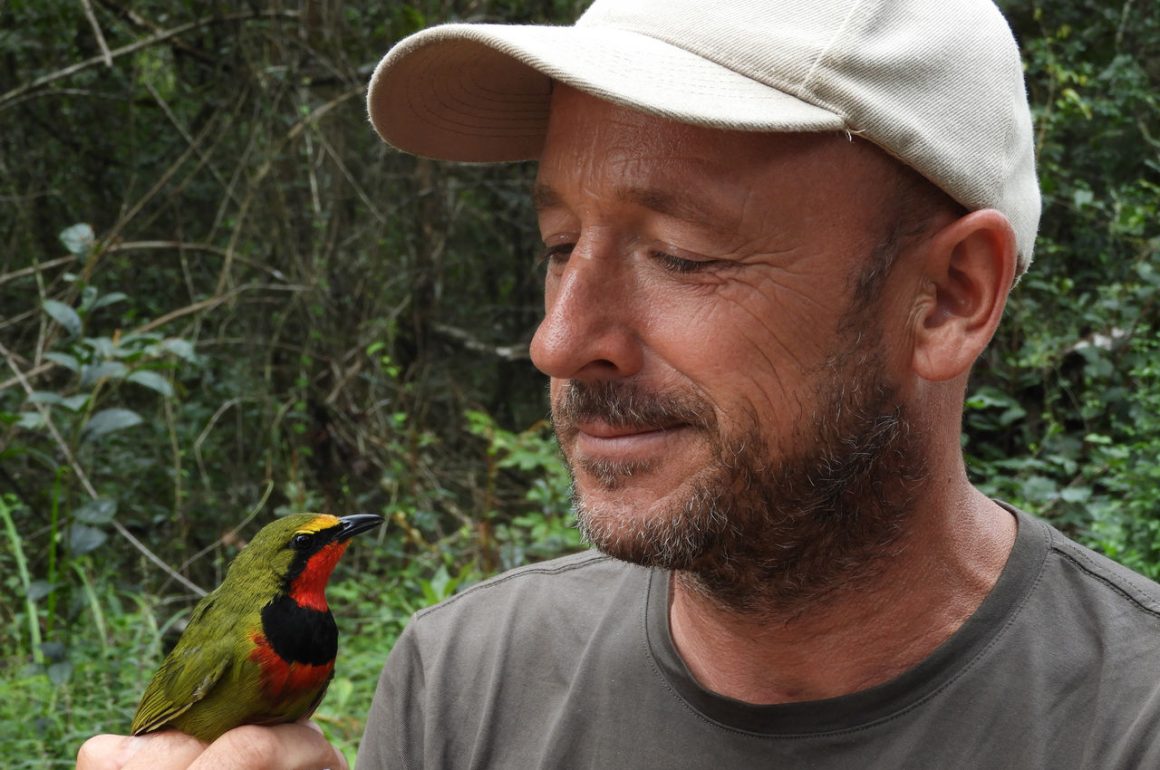
What is your favorite bird species?
Hundreds of favorites in Zambia alone, but if you make him choose, Black-bellied Seedcracker just might be top of the list. Apart from the magic habitats it occurs in, its extremely secretive nature, striking colors and shape, and sweet call, the adaptations to its diet are just remarkable. The heavy bill with a sharp tip but broad mandible sides acts as tweezers and anvil, powered by muscle tufts on the front, to tackle extremely hard Scleria sedge seeds. There are at least 3 distinct bill sizes within the one bird species, reflecting the size of the Scleria species they specialize in.
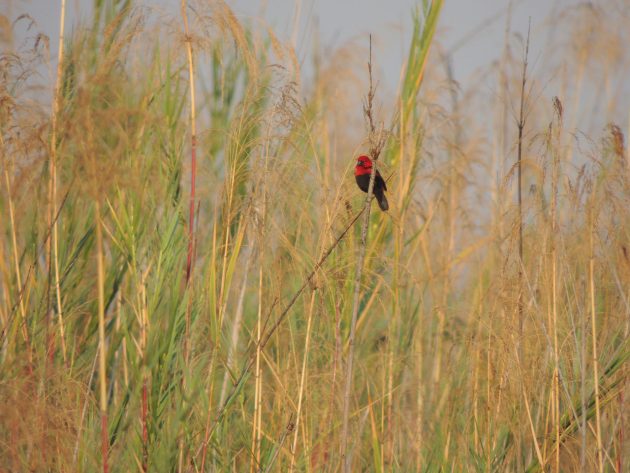
What is your name, and where do you live?
Frank Willems, Zambia
What are the main regions or locations you cover as a bird guide?
Zambia and surrounding countries.
African Skimmer
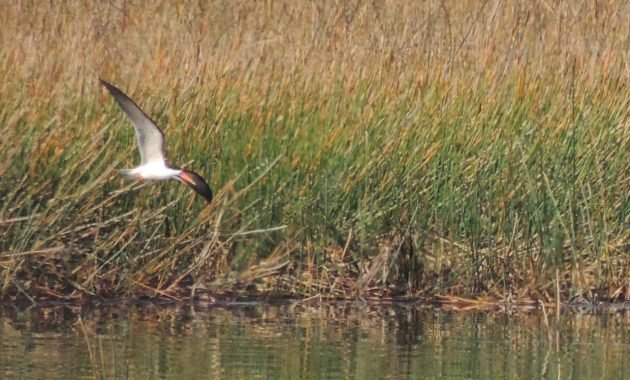
How long have you been a bird guide?
Frank is Zambia’s leading ornithologist and ecologist. After obtaining an MSc in Ecology in the Netherlands, he worked with the Dutch ornithology trust SOVON on bird research and nature conservation in the Netherlands, and with Foundation WIWO on international bird research and training projects mainly in Russia and Iran. He came to Zambia in early 2008 to work with Kasanka Trust on the management of Kasanka and Lavushi Manda National Parks, as well as Shoebill Island Camp in Bangweulu Wetlands. He has been guiding in Zambia since. Since late 2017 Frank has run his own company Birding Zambia. He’s one of the authors of the Birds of Zambia app.
African Pitta
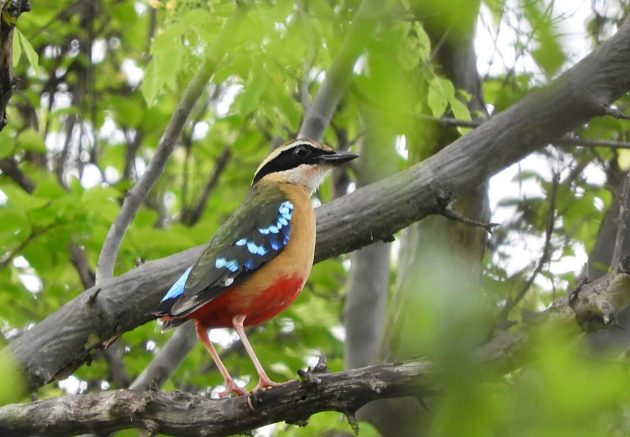
How did you get into bird guiding?
From a young age, Frank has guided and trained people, in the Netherlands, Zambia, and many other countries. He loves sharing his passion for and knowledge of the bush. During his twelve years in Zambia, he guided numerous groups in numerous places, including tens of film crews and research groups, photographers, and journalists.
What are the aspects of being a bird guide that you like best? Which aspects do you dislike most?
He loves sharing his passion for and knowledge of the bush. Triggering awe and excitement in visitors is a big bonus to the birding itself. Office work preparing for birding safaris can be hard on this outdoor-loving guide!
Chaplin’s Barbet
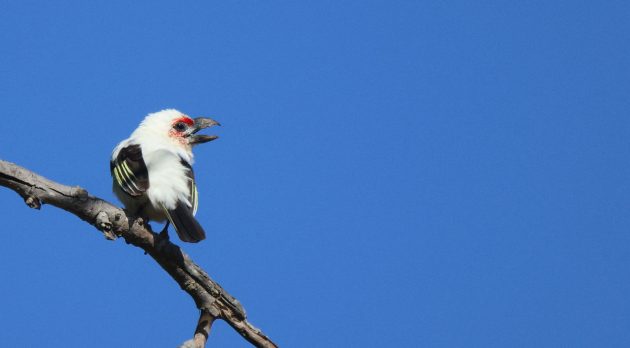
What are the top 5-10 birds in your region that you think are the most interesting for visiting birders?
Zambia has 782 bird species recorded to date. This is a very respectable tally for a land-locked country of this size. Two species are endemic to Zambia (Chaplin’s Barbet and Black-cheeked Lovebird) while the taxonomy of a third potential endemic (White-chested Tinkerbird) is unresolved, and the Zambian (Papyrus) Yellow Warbler is near-endemic to Zambia. Many more species are endemic to the Zambezian ecoregion and best seen in Zambia. The vast wetlands and national parks hold internationally important populations of many large species such as Wattled and Grey Crowned Crane, Shoebill, African Skimmer, and four vulture species. Other sought-after species include African Pitta and Pel’s Fishing Owl.
Our website holds the official Checklist for Zambia and its IBAs and NP’s, managed by Frank Willems for BirdWatch Zambia, and a link to the 2019 Birds of Zambia app.
Shoebill
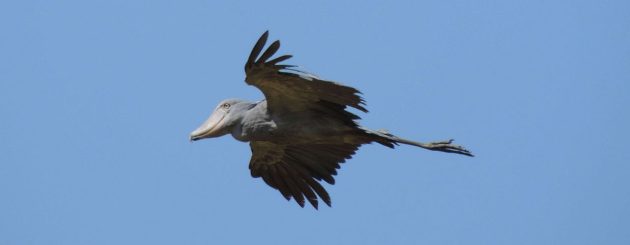
Can you outline at least one typical birdwatching trip in your area? Please briefly describe the locations, the key birds, and the approximate duration of such a trip
One popular birding safari takes place in November/December and combines the Kafue Flats, a million hectares floodplains area, a prime birding site, with Zambia’s endemics the Black-cheeked Lovebird and Zambia (Chaplin’s Barbet) and the African Pitta. This takes approximately 10 days. Another one would be the Bangweulu Circuit, also 10 days. The Bangweulu area is one of Africa’s main protected area complexes with a combined surface of some 2 million hectares. It incorporates the vast Bangweulu Wetlands – one of Africa’s largest wetlands – and other ecological jewels like Kasanka and Lavushi Manda National Parks. The combined area holds an impressive biodiversity, with well over 500 bird species, some 100 reptiles, and 150 mammals recorded. Among many endemics are multiple mammals, at least one reptile, and one frog. The itineraries can be found on our website.
Black-cheeked Lovebird
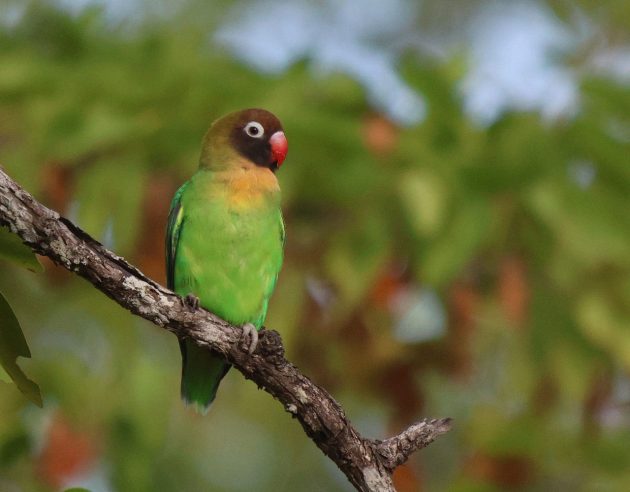
What other suggestions can you give to birders interested in your area? (for example, what to bring, which season to choose, etc.)
The best time is between May and December, depending on the species you are looking for. Zambia has a pleasant climate: the period May – June can be a bit cold (bring a jersey), while October for example is pretty hot. January to April is the lush wet season, which tends to come with its own challenges but is the time of maximum biological activity.
Grey-crowned Crane
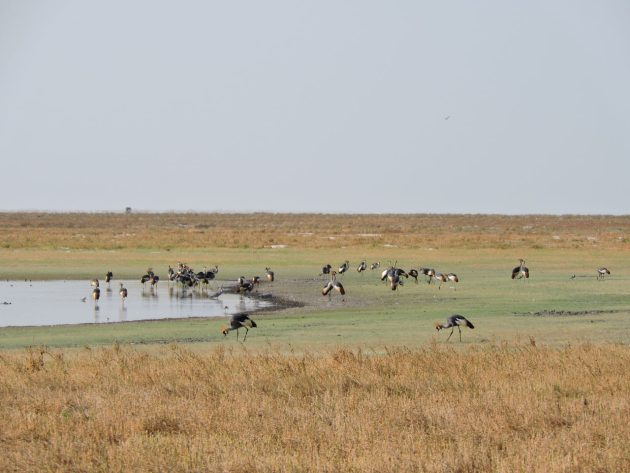
If any reader of 10,000 Birds is interested in birding with you, how can they best contact you?
Please check our website www.birdingzambia.com and Facebook www.facebook.com/BirdingZambia, or email us: info@birdingzambia.com
Pel’s Fishing Owl
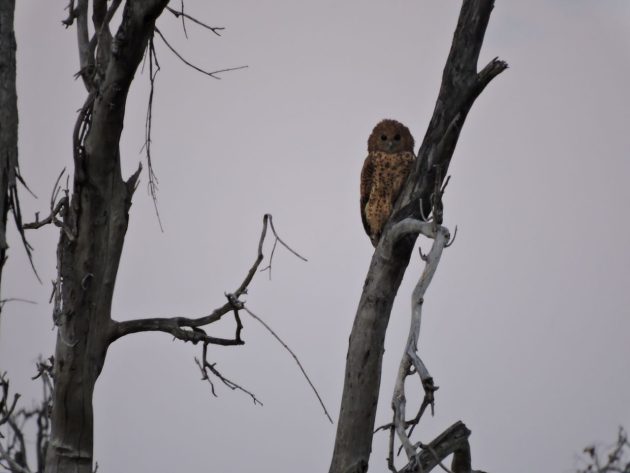
Is there anything else you would like to share with the readers of 10,000 Birds?
Frank’s special place is the remote and unexplored parts of the Mwinilunga district. The large evergreen forests he and others identified using Google Earth, prove to hold real surprises like Vermiculated Fishing-owl and Spot-breasted Ibis. Frank is determined to ultimately create a large conservancy to protect Mwinilunga’s rich biodiversity.
Vermiculated Fishing-owl
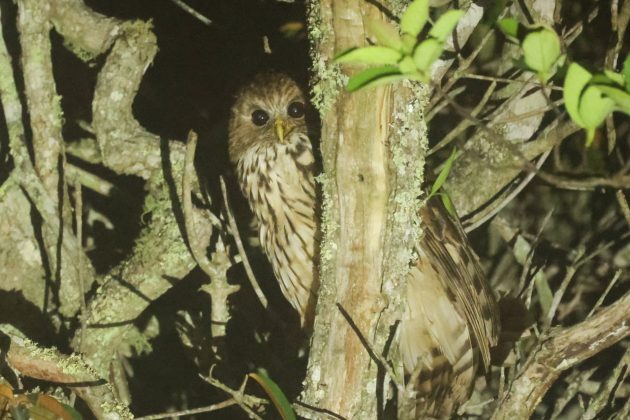

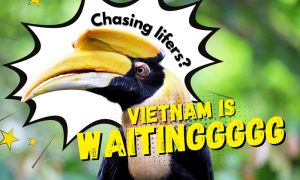
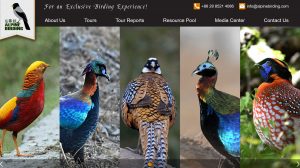
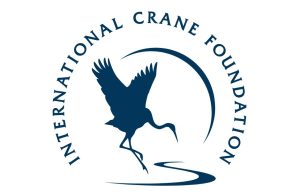
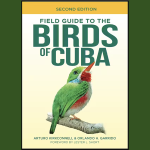
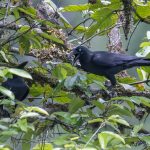
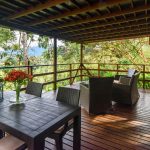
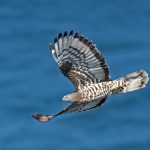
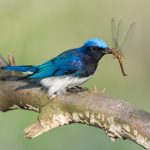
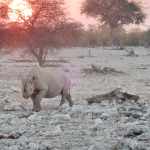
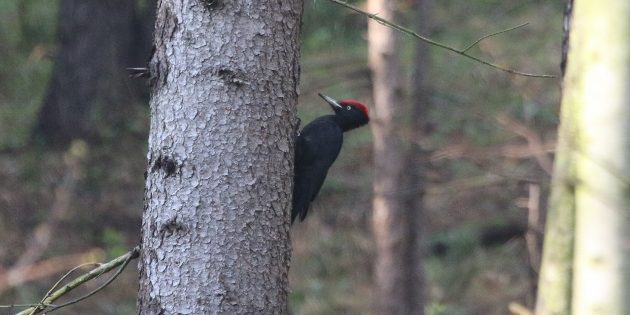
Leave a Comment